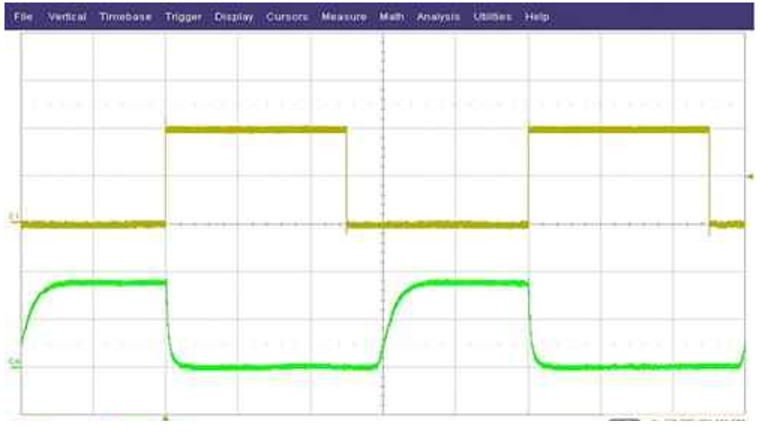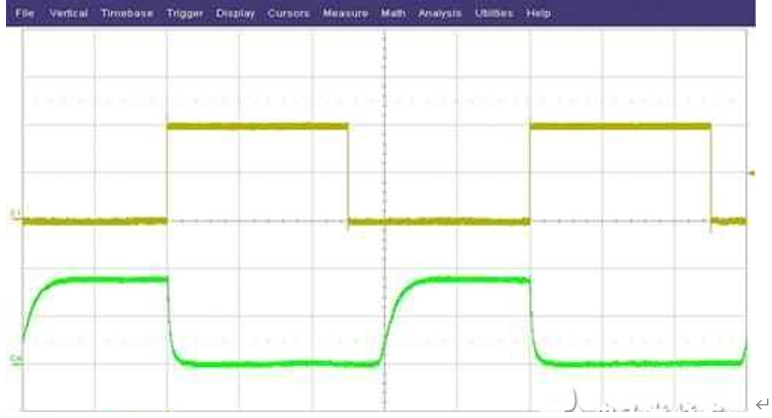How to use the negative output voltage to adjust the LED current in a buck-boost topology?
To control the brightness of the LED, you must have a driver that provides a constant, regulated current. To achieve this goal, the driver topology must be able to generate enough output voltage to bias the LEDs forward. So how do designers choose when the input and output voltage ranges overlap? Converters may sometimes need to gradually reduce the input voltage, but sometimes it may be necessary to raise the output voltage. This is often the case for applications with a wide range of “dirty” input power sources, such as in-vehicle systems. In this buck/boost operation, several topologies can achieve better results, such as SEPIC or four-switch switching buck-boost topology. These topologies generally require a large number of components, and the material cost of the design is thus increased. But because they provide a positive output voltage, designers often see it as an acceptable solution. However, a negative output voltage converter is another alternative solution that should not be overlooked.
Figure 1 shows a schematic diagram of an inverting lift-up piezoelectric circuit that drives three LEDs in a constant current configuration. This circuit has many advantages. First, it uses a standard buck controller that not only minimizes costs, but also helps reuse at all system levels. If needed, designers can easily retrofit the circuit to take advantage of integrated FET buck controllers or synchronous buck topologies to increase efficiency. This topology uses the same number of power stage components as a simple buck converter, thus minimizing the number of components of the switching regulator while achieving the lowest overall cost relative to other topologies. Since the output of the LED itself is light, at the system level, the LED is biased by a negative voltage and does not affect it, unlike the case of a positive voltage, which makes it a circuit design worth considering.

Figure 1 Using a negative output voltage to adjust the constant LED current with a buck-boost topology
The LED current is adjusted by sensing the voltage across resistor R1 and using it as feedback for the control circuit. The controller ground pin must be the reference voltage for the negative output voltage in order for this direct feedback to function properly. If the controller is the reference voltage for system grounding, then a level shifting circuit is required. This "negative grounding" imposes some limitations on the circuit. The power MOSFET, diode, and controller must be rated for the sum of the input and output voltages.
Second, connecting the controller from the outside (such as enabling) requires level shifting of the signal from system ground to controller ground, thus requiring more components. For this reason alone, it is best to eliminate or minimize unnecessary external controls.
Finally, compared to the four-switched buck-boost topology, the power device in the inverse buck-boost topology is subject to additional voltage and current stress, which reduces the associated efficiency, but the efficiency is comparable to SEPIC. Even so, this circuit can achieve 89% efficiency. With the complete synchronization of the circuit, the efficiency can be increased by 2% to 3%.
A quick turn-on/off of the converter through the short-circuit of the soft-start capacitor C5 is an easy way to adjust the brightness of the LED. Figure 2 shows the PWM input signal and the actual LED current. This PWM dimming method is more efficient because the converter is turned off and consumes very little power when the SS pin is shorted. However, this method is also relatively slow, because the converter must gradually increase the output current in a controlled manner each time it is turned on, thereby producing a nonlinear, limited dead-time before the output current rises. . At the same time, this also reduces the minimum load cycle of the turn-on time to 10%-20%. In some LED applications that do not require high speed and 100% PWM regulation, this approach may be sufficient.
This inverting buck-boost circuit provides engineers with another way to drive LEDs. The use of low-cost buck controllers and a small number of components make it an ideal alternative to high-complexity topologies.

Figure 2 PWM Drive (top) Efficiently control LED current (bottom)
If you want to know more, our website has product specifications for LED, you can go to ALLICDATA ELECTRONICS LIMITED to get more information

